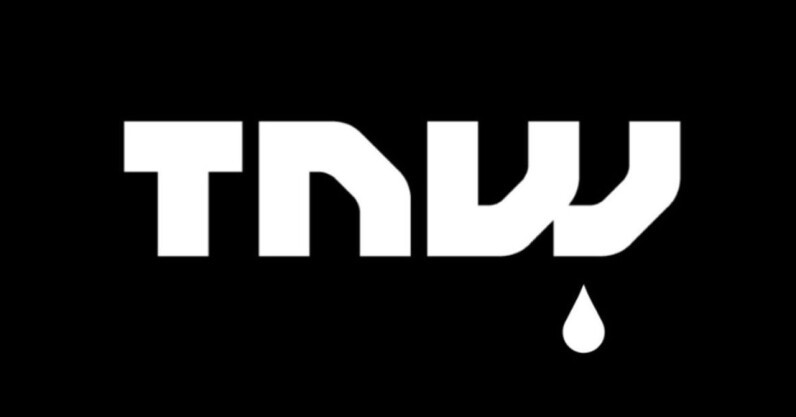Reading List
The most recent articles from a list of feeds I subscribe to.
TNW: Events and media signing out, 2006–2025

We want to share an important update with our contributors and community. After the FT Group acquired a majority stake in TNW in 2019, the Covid-19 pandemic severely disrupted TNW’s core revenue stream. Despite significant efforts in the years since, no sustainable path to commercial viability was found. In light of this and the broader financial outlook, the TNW Board has had to make the difficult decision to close its Events & Media division. TNW Spaces will continue to operate as usual, but the media site will only publish new content until the end of September, and there will be…
This story continues at The Next Web
Reclaiming the stack: Europe’s bid for digital sovereignty

The entanglement of tech and politics has become impossible to ignore — especially in the United States, where the lines between Silicon Valley and Washington are rapidly dissolving. At President Trump’s inauguration, the CEOs of Amazon, Meta, and Alphabet took prominent seats — even ahead of cabinet nominees — an unmistakable sign of how closely US tech giants are now intertwined with national policy agendas. Just days earlier, outgoing President Biden had warned of a rising “tech industrial complex.” This isn’t just symbolism. It reflects a broader shift: US tech firms are aligning themselves with a domestic industrial strategy that…
This story continues at The Next Web
How Dutch startup Tap Electric is fixing EV charging chaos

Driving electric can be a pleasure, but charging often feels like a pain. Public facilities can be hard to find, prices swing wildly, and hidden fees add up. Incompatible systems and long waits only deepen the frustration, leaving drivers anxious about where to charge — and what it will cost. A Dutch startup called Tap Electric has ambitious plans to solve these problems. Founded in 2020, the company has built a platform to make charging transparent, accessible, and affordable. For drivers, the platform provides clearer choices, cheaper options, and tools to manage their charging sessions. For EV station owners, installers,…
This story continues at The Next Web
Startup wisdom: How to get your startup noticed — 5 principles to master

Startup wisdom is a new TNW series offering practical lessons from experts who’ve helped build great companies. This week, Lize Hong, the founder of strategic communications firm Venture Vox, shares her tips on getting startups noticed. Startups don’t fail because they lack a good product. They fail because no one knows or cares about them. It’s brutal, but true. While many founders cling to the myth that “build it and they will come,” the reality is that attention is oxygen for startups. I’ve learned this through experience. As a tech communications expert, I’ve defended the reputations of companies like Google and Uber…
This story continues at The Next Web
Past the tipping point: Why the climate transition is now in our hands

Jacqueline van den Ende, CEO of Carbon Equity, believes we have already passed the climate transition tipping point: “Last year, 90% of all new electricity production worldwide came from renewable sources, i.e. generated via solar, wind, or water. Meanwhile, China is actually ahead of its climate goals compared to other countries,” she said. This isn’t a sign to let up; if anything, van den Ende believes we need more investment into climate tech solutions that will help accelerate the transition and make clean energy accessible across the globe. Yet, European climate tech funding sunk to a five-year low in Q1…
This story continues at The Next Web